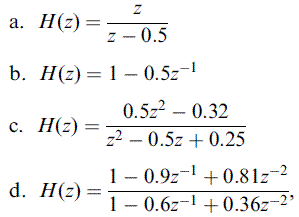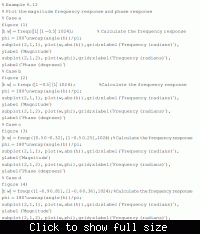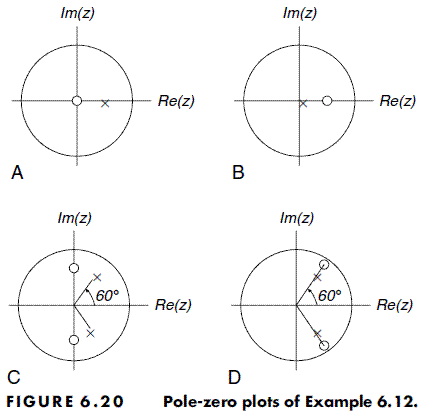smartshashi
Member level 4
frequency response matlab
I designed a Butterworth IIR filter in matlab. I want to see frequency response of filter (not FFT) i.e Amplitude Vs Frequency. How to get this? If anybody have matlab code for this please do send me.
Thanks.
I designed a Butterworth IIR filter in matlab. I want to see frequency response of filter (not FFT) i.e Amplitude Vs Frequency. How to get this? If anybody have matlab code for this please do send me.
Thanks.



